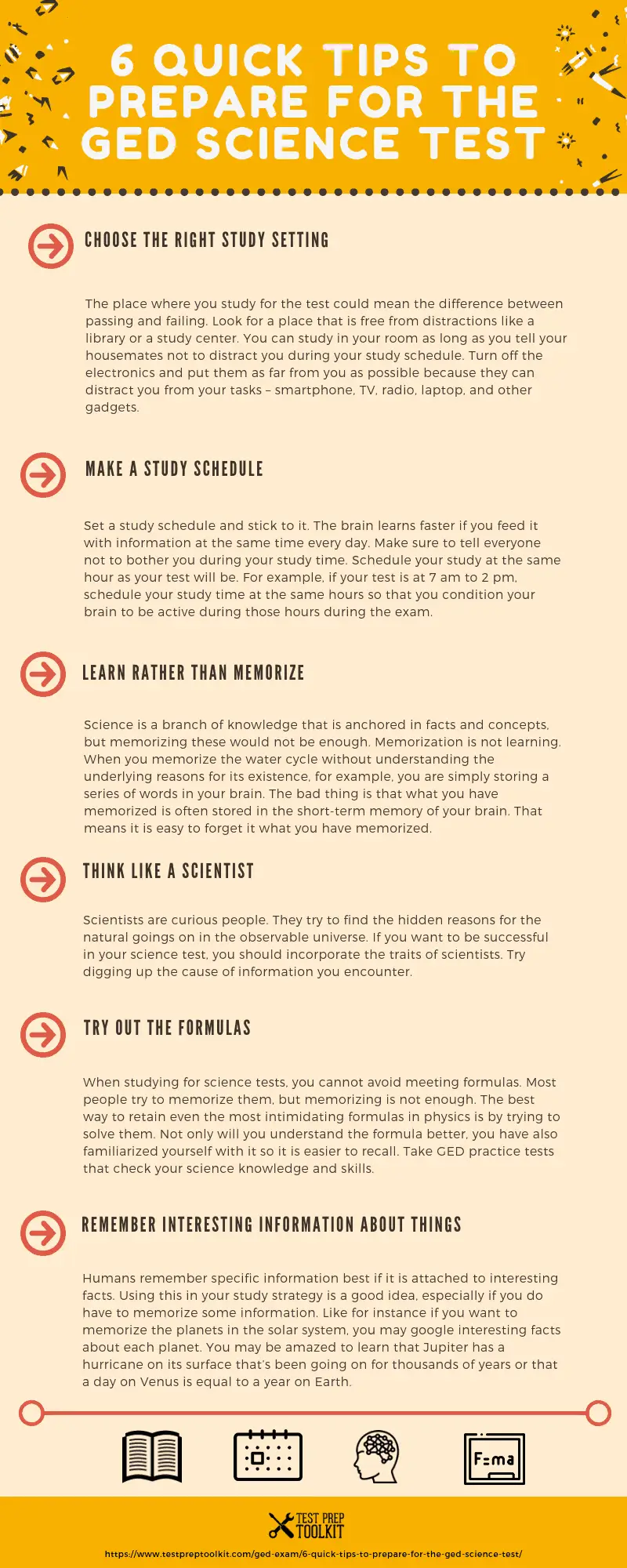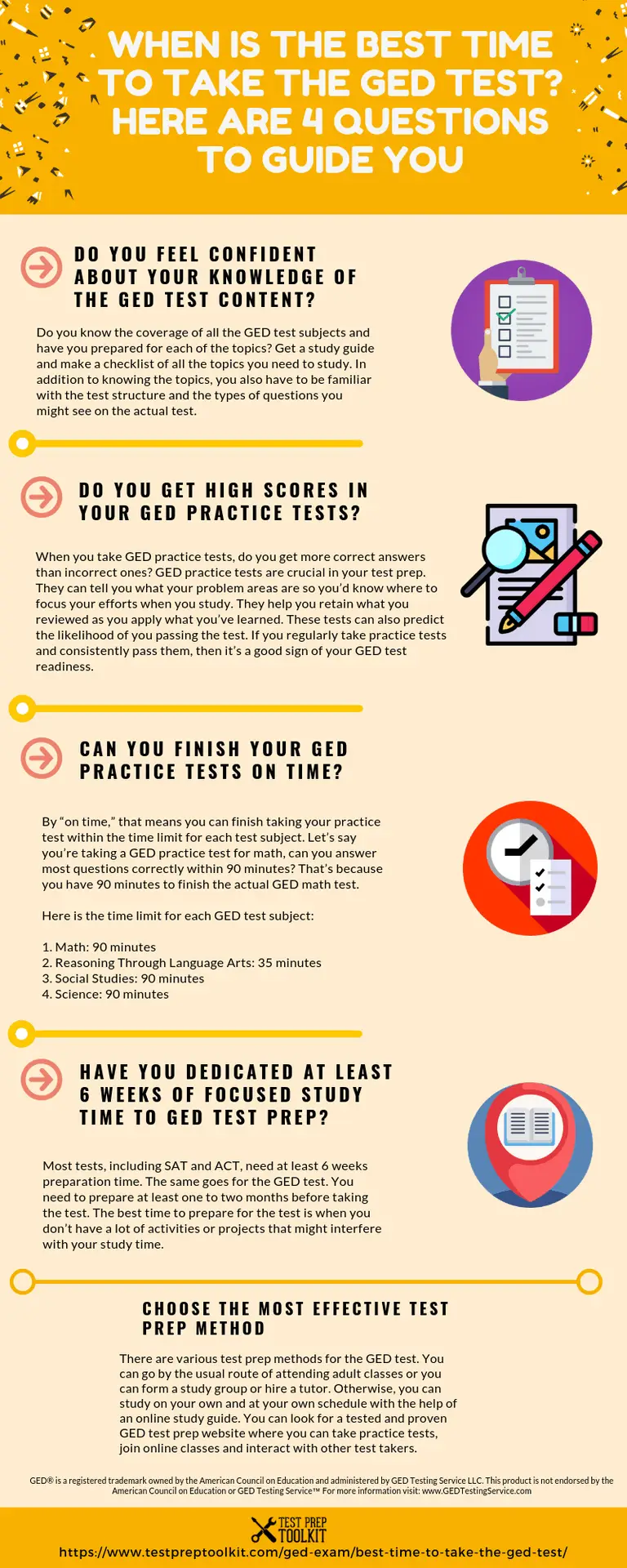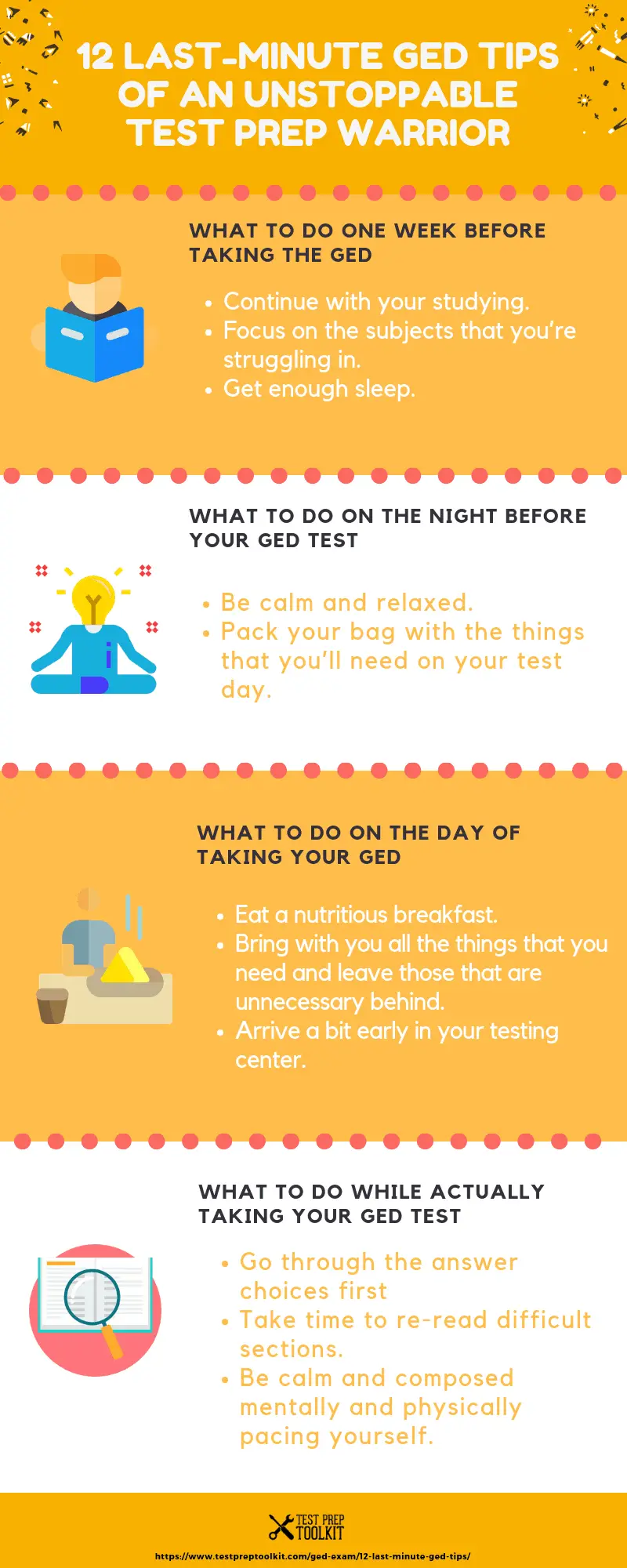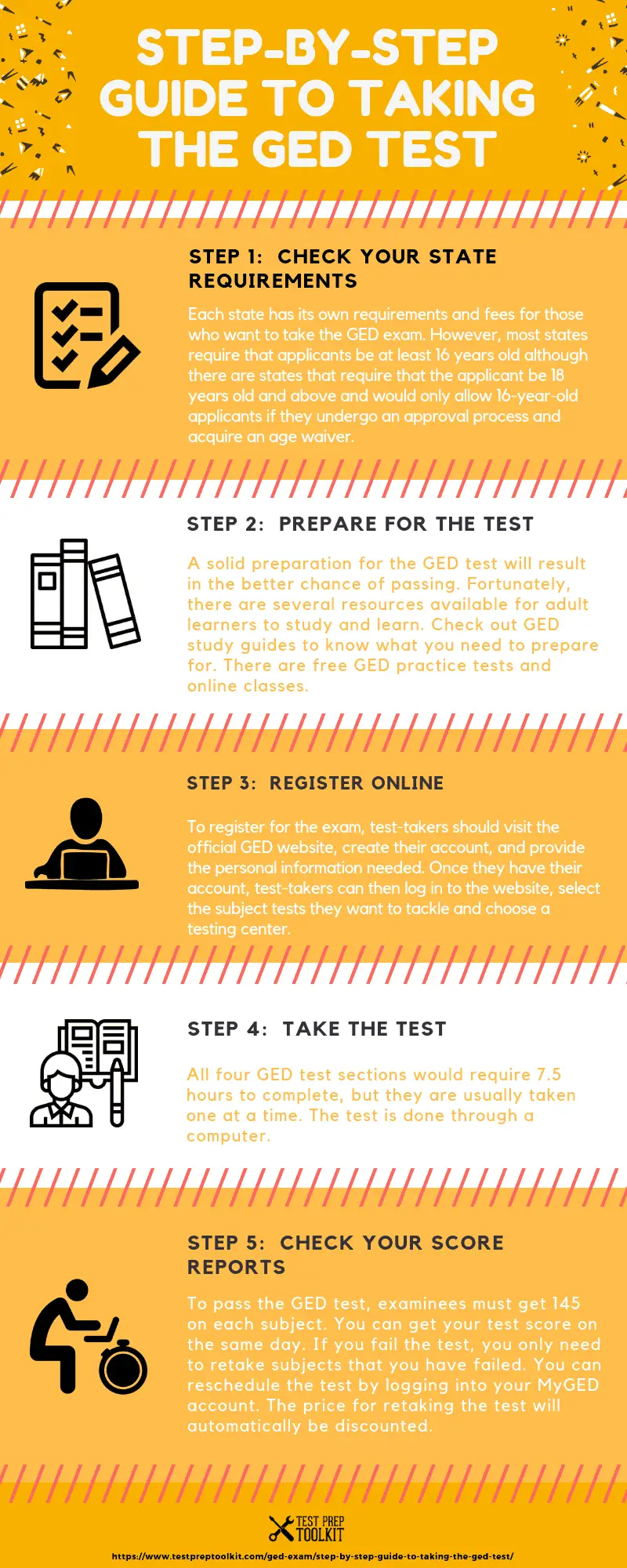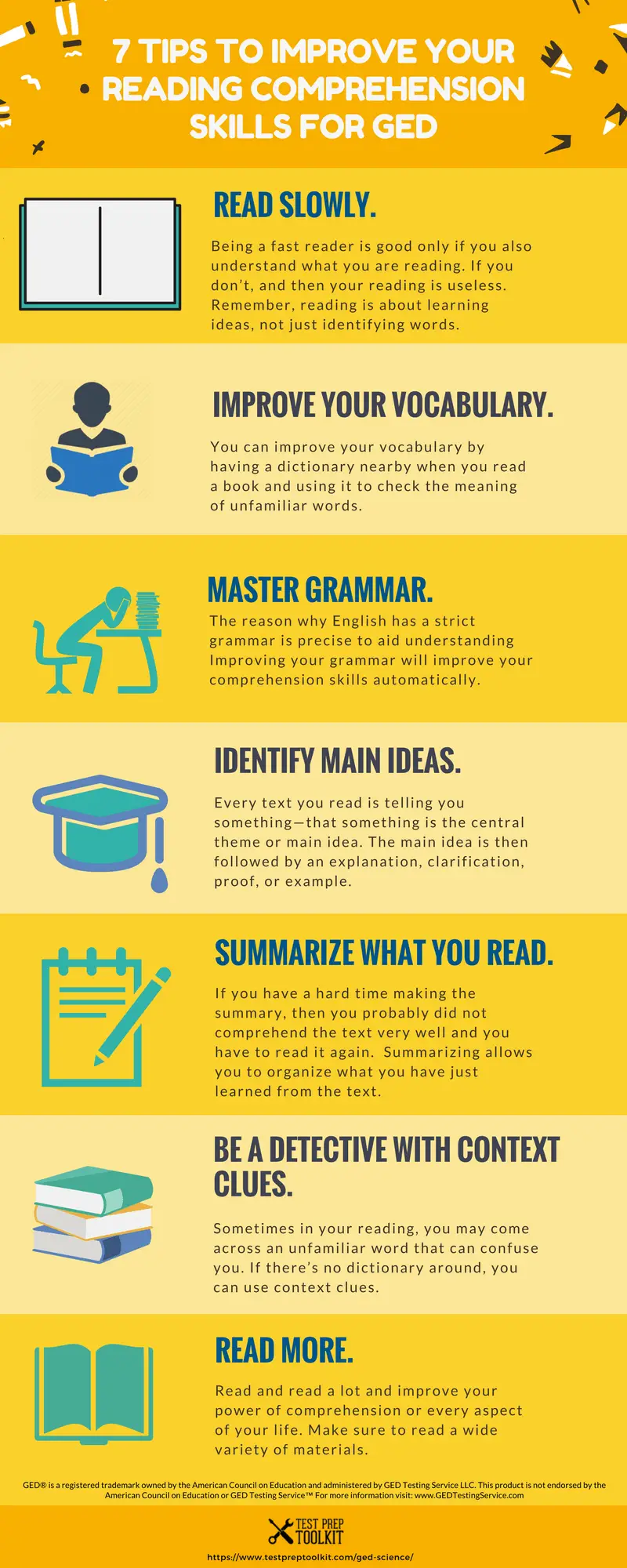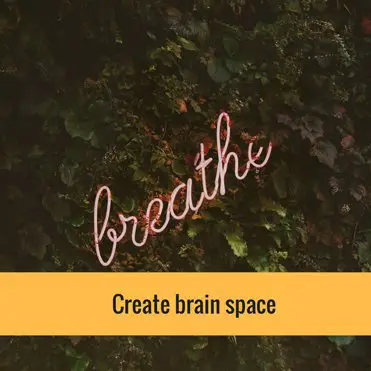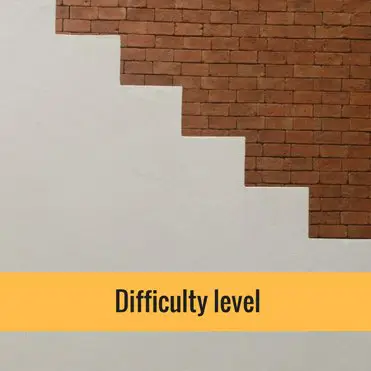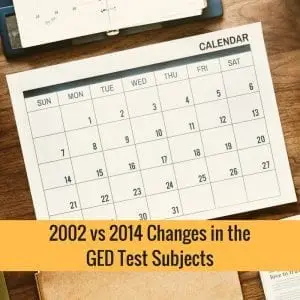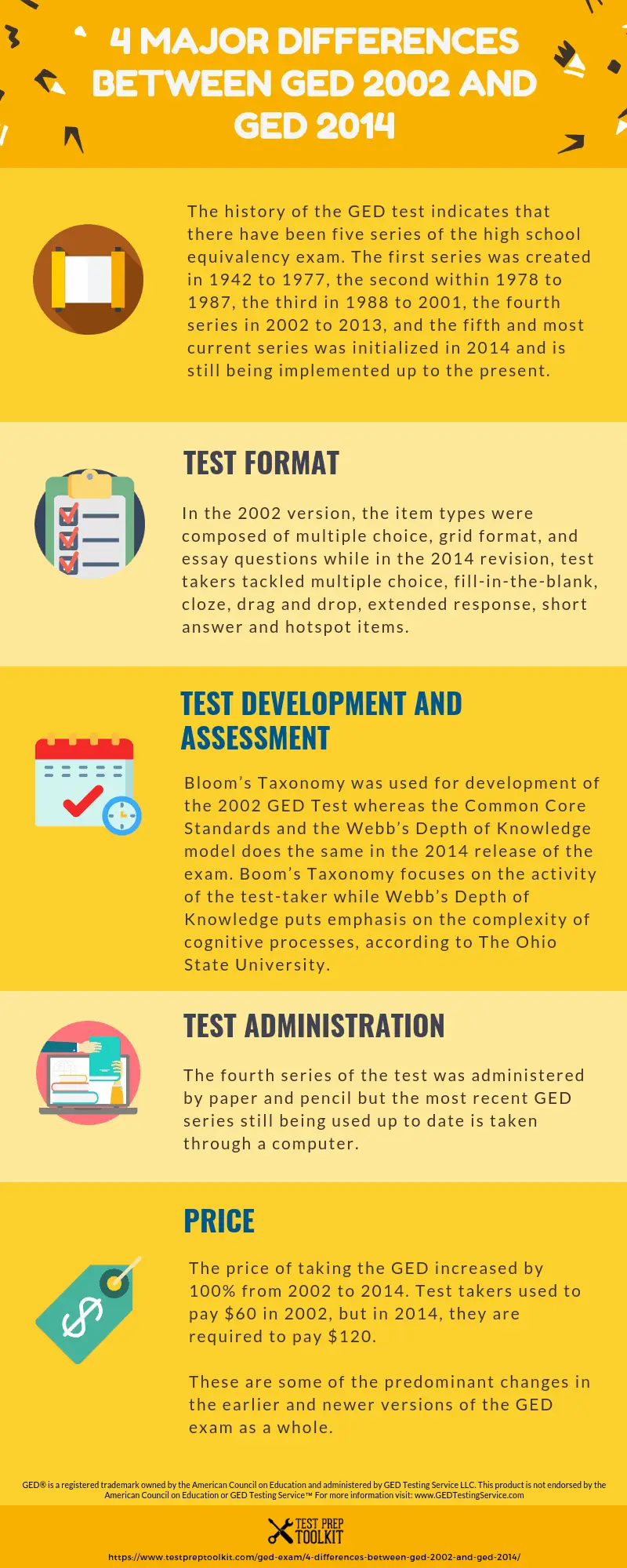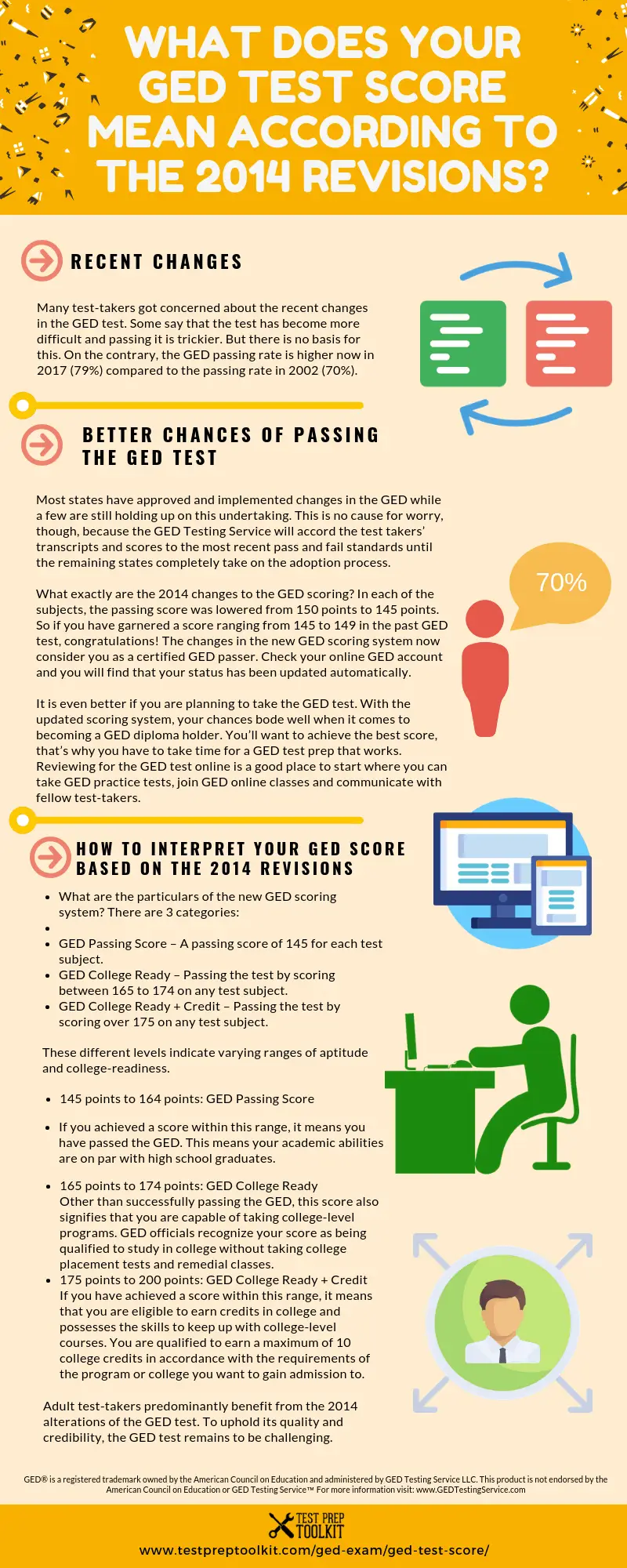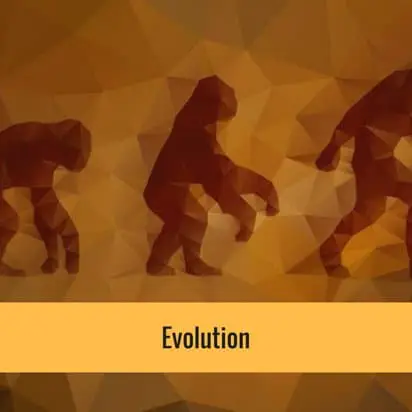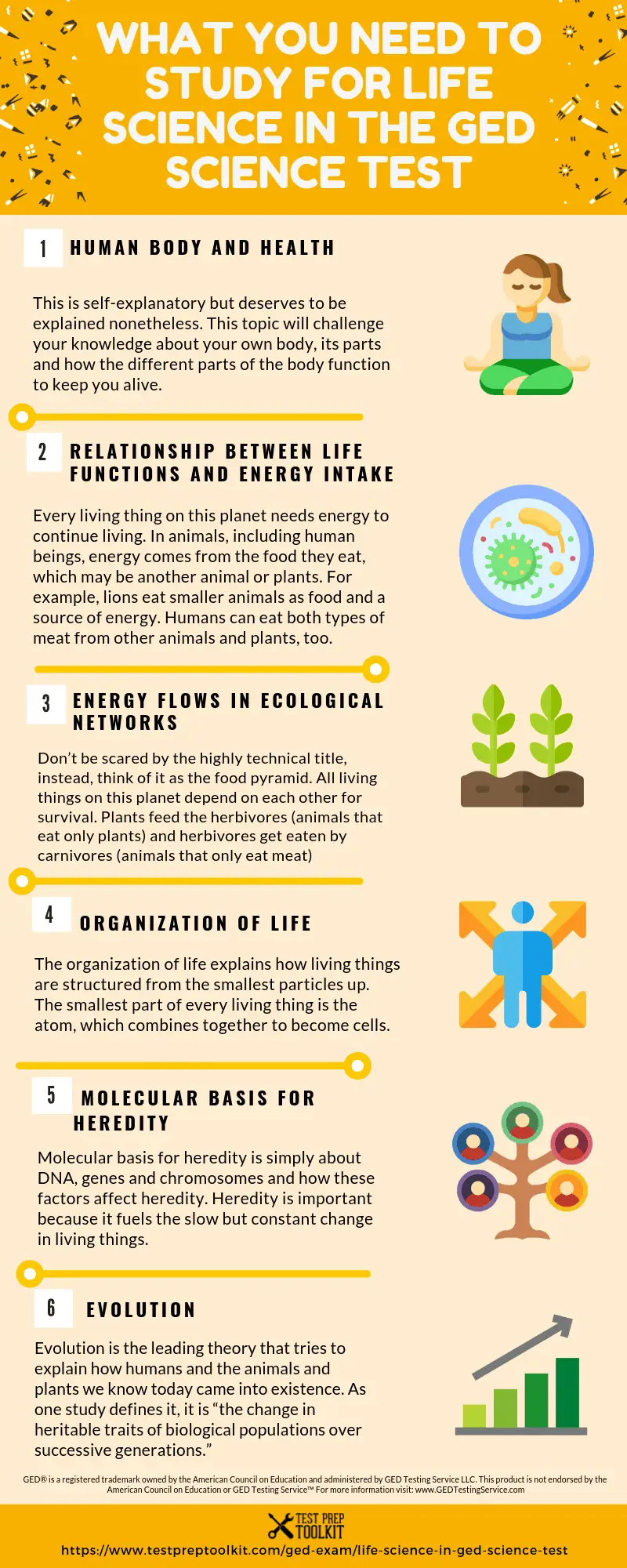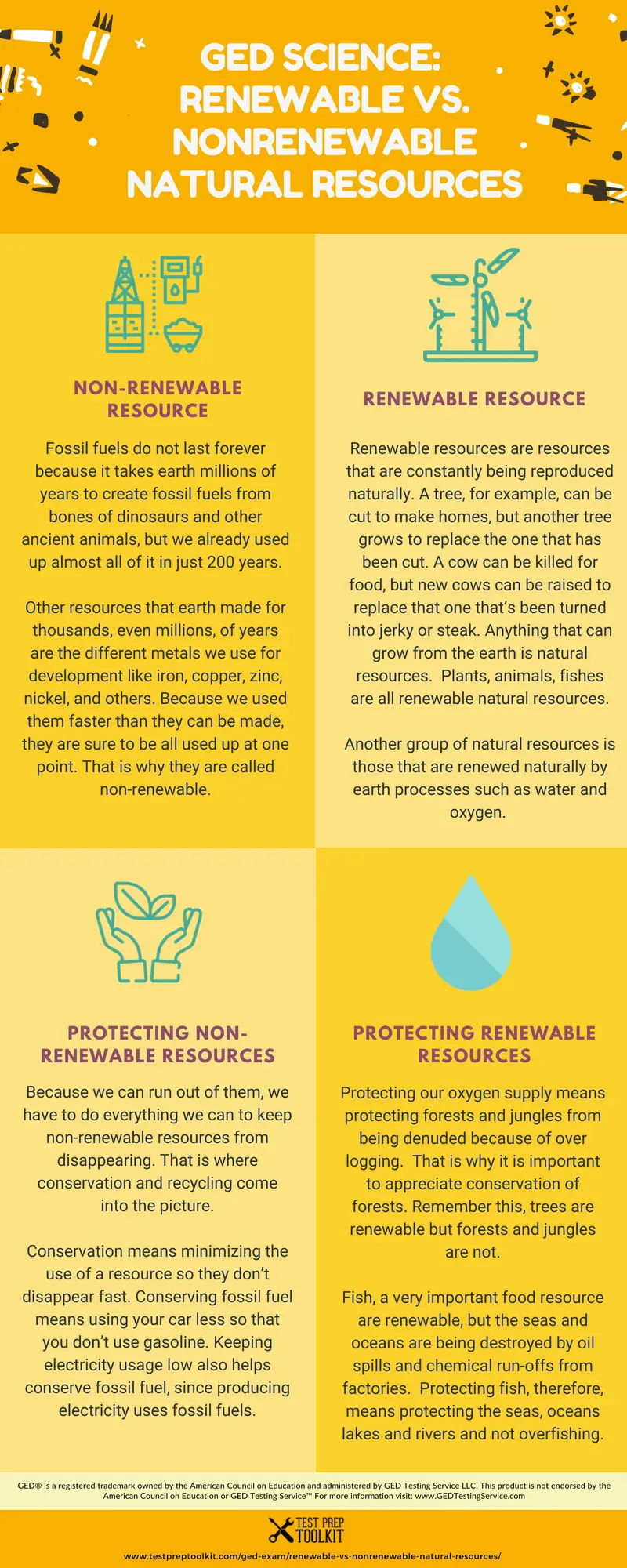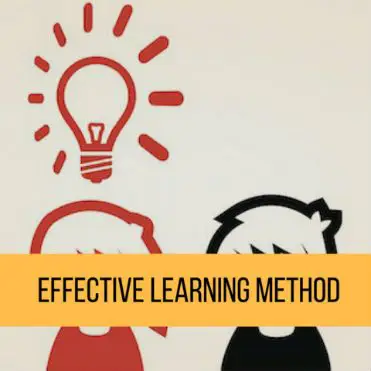How Hard is the GED Test? Facts You Should Know
The General Educational Development (GED) test is like a second chance for individuals who still need to complete their high school education through traditional means.
However, this high school equivalency test presents a formidable challenge, demanding preparation, dedication, and determination. So, how hard is the GED test? Let’s discuss why GED may be challenging for a test taker.
What is the Structure of the GED Test?
GED is a standardized assessment of an individual’s knowledge and skills at a level equivalent to a high school graduate. This adult education program comprises four subjects: language arts (reasoning through language arts or RLA), mathematics, science, and social studies.
Language Arts
This component of the GED exam consists of two parts. The first part, reading, assesses one’s ability to comprehend, analyze, and interpret written texts, spanning fictional and nonfiction genres.
This section includes multiple-choice questions and requires a test taker to write a short response essay based on the provided text. The second part, writing (extended response), evaluates writing skills.
As such, a test taker responds to a prompt by constructing a well-organized essay with a clear thesis, supporting evidence, and proper grammar.
Mathematics
GED math assesses quantitative and algebraic problem-solving skills in two parts. The first, mathematical reasoning, includes various question types, such as multiple-choice, drag-and-drop, and fill-in-the-blank problems.
The second part, calculator-active, allows test takers access to a calculator and covers more advanced GED math concepts, including geometry, statistics, and algebra.
Science
This segment evaluates scientific reasoning skills and has two parts, similar to GED math. Scientific reasoning includes multiple-choice questions, short-answer items, and data analysis tasks. The calculator-active part covers biology, chemistry, physics, and earth/space science topics.
Social Studies
It’s the fourth subject of the GED exam. This section measures knowledge in history, government, economics, and geography. Test takers must respond to multiple-choice questions and short-answer items.
Further, they interpret charts and graphs. Additionally, social studies has an extended response portion that assesses the ability to construct a well-reasoned essay with supporting evidence in response to a social studies prompt.
Types of GED Scores
The GED testing service uses a diverse scoring system, each score serving a specific purpose. To be GED-ready, you should understand this scoring system to align your studies to your credential goals.
For example, your score should be above average to join a college or other higher education channel after your GED test. Here’s a detailed breakdown of the scores your testing center may use:
Standard Score
Standard scores are the primary scores on the GED exam. They represent a test-taker’s performance relative to the national group of candidates. These scores range from 100 to 200. Higher scores indicate above-average performance, while lower scores suggest below-average performance in the subject.
GED Passing Score
Test takers must achieve a minimum passing score in each subject to earn a GED credential. This passing score is 145 for each subject.
GED Composite Score
It’s the cumulative score across all four subject tests. You must achieve a total composite score of at least 580 to earn this high school equivalency credential. The composite score is an important indicator of overall performance and readiness for higher education or career opportunities.
Percentile Rank
Percentile rank indicates where a test taker’s scores stand compared to others who took the GED test. For example, a 50 percentile rank means you scored better than 50% of the rest in the reference group.
Extended Responses (ER) Score
In the language arts and social studies sections of GED testing, there are extended response (ER) components where test-takers are required to write essays. These essays are scored separately from the multiple-choice questions. ER scores reflect the quality of the essay, assessing factors such as organization, clarity, development of ideas, and use of evidence.
How Hard is the GED Test? Factors that Make GED Difficult for Some Students
The GED is your ticket to higher education or a job promotion since you still need to get a high school diploma. Hence, give it your best despite being out of school for long. Here are reasons some learners struggle with GED classes and the exams:
Comprehensive Subject Matter
This high school equivalency credential isn’t a single exam; it’s a battery of tests covering several core subjects. Each subject requires a deep understanding of concepts typically taught over four years in high school. From solving complex math problems to comprehending complex literary texts, you demonstrate a wide-ranging knowledge base.
High Standards
The GED testing service demands a high level of proficiency since this credential is equivalent to a high school diploma. Hence, test takers must demonstrate critical thinking, problem-solving skills, and the ability to apply knowledge in real-world scenarios.
Rigorous Testing Environment
It’s administered under strict testing conditions. Test centers have minimal distractions, and candidates must adhere to specific rules and regulations. Time management is another critical skill when taking this test because you can only succeed when you pace yourself effectively.
Please manage time to ensure complete sections and higher scores.
Writing Skills
Learners must convey their thoughts effectively and construct well-organized, coherent, and grammatically correct essays. It requires a level of writing proficiency that can be challenging to attain.
This language arts test is more intricate than what you may have learned in elementary school, as it’ll prepare you for your next academic level, which is college.
Preparation is Key
Success on the GED test is not a matter of luck or innate talent. It requires dedicated preparation, which can be challenging for individuals who have been out of school for some time. Read on for tips on how to plan your study time.
How to Prepare for the GED Test
This adult education program doesn’t merely assess superficial knowledge. It delves deep into the subject matter, expecting test takers to showcase their understanding of complex topics.
For example, the science section requires memorization of facts and the ability to interpret data, draw conclusions, and make informed decisions based on scientific principles.
Once you register on the GED testing service website or a local testing center, it’s time to get to work.
Here’s a step-by-step guide on how to be GED-ready:
Assess Your Current Knowledge and Skills
Take a GED practice test in each subject to gauge your strengths and weaknesses. It’ll help you identify areas that need the most attention.
Set Clear Goals
Establish specific, measurable goals for your GED preparation. Determine when to take the exam, the testing center, and what scores you aim to achieve. Having clear objectives will help you stay motivated and focused.
Create a Study Schedule
Balance your schedule to have enough study time depending on your daily routine. Allocate dedicated time for each subject and be consistent in attending GED classes.
Gather Study Materials
Collect study materials such as preparation books, online resources, and GED practice test papers. Look for materials designed for GED preparation to ensure they cover relevant content and practice questions.
Enroll in a GED Prep Program
Consider enrolling in a GED prep program. These adult education programs often provide structured lessons, GED practice test papers, and expert guidance to help you prepare more effectively. Such classes may be available at your local community college.
Study Each Subject Thoroughly
Language Arts
Work on improving your reading comprehension, writing, and grammar skills. Hence, practice writing essays with clear thesis statements and supporting evidence.
Mathematics
Review mathematical concepts, including algebra, geometry, statistics, and arithmetic. Solve various math problems, both with and without a calculator.
Science
Study biology, chemistry, physics, and earth/space science concepts. Focus on data interpretation and scientific reasoning.
Social Studies
Brush up on history, government, economics, and geography. Familiarize yourself with key events, figures, and principles in these subjects.
Use Online Resources
Find online resources such as GED preparation websites, YouTube tutorials, and interactive practice tests. Many websites offer free study materials and practice questions to add to the work you get from GED classes.
Join Study Groups
Form or join study groups with other GED test takers. Collaborating with peers can provide different perspectives, help clarify doubts, and motivate you.
Stay Healthy and Manage Stress
Adult education isn’t the same as the workload in elementary school. Therefore, ensure you get enough sleep, eat well, and engage in physical activity. Managing stress through relaxation techniques, meditation, or yoga can help you stay focused and calm during the test.
In the weeks leading up to the test, take practice tests under timed, exam-like conditions to build confidence and improve your time management skills. On the exam day, arrive early, bring necessary identification and testing materials, and stay calm and focused. Trust that you did your best and attempt the test confident that you’ll get an excellent score.
Conclusion
The GED test is undeniably a challenging endeavor. It assesses a broad range of subject matter, demands high proficiency, requires test takers to perform under rigorous conditions, and tests depth of understanding. However, it is also a pathway to a better future and higher education for many without a high school diploma.
Consequently, it’ll take more than just basic exam preparation. But it’s not possible to get excellent grades. You can pass the GED exam through dedication, hard work, and the right GED-ready resources.
FAQs
What part of the test is the hardest?
It varies from person to person, but many test takers find the math section particularly challenging due to its range of topics and problem-solving demands. Hence, practice tests come in handy as you prepare for this test.
What kind of math is on GED?
The GED math section covers mathematical concepts, including algebra, geometry, statistics, and arithmetic, designed to assess a test taker’s quantitative reasoning and problem-solving abilities.
Can you use a calculator on the GED?
Yes, some tests require one. The calculator is provided during the calculator-active portion of the math and science sections to assist with complex calculations.




















